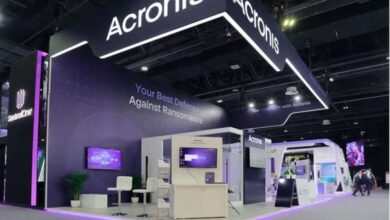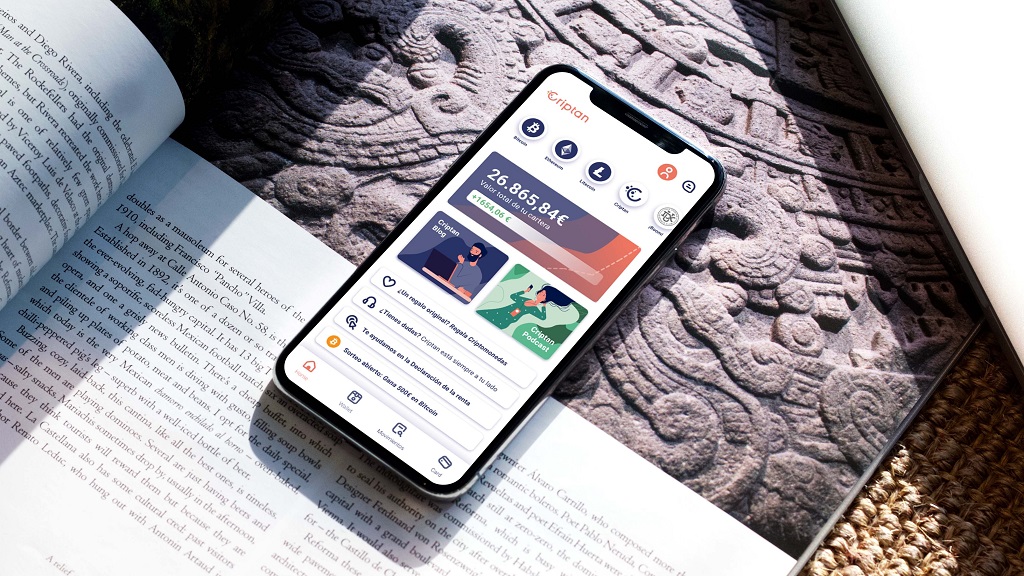
A smarter world, with faster networks, capable of offering a better experience to users, but at the same time, developing sustainably and efficiently. This is one of the messages on the first day of the MWC released from Huawei. The Asian multinational has arrived in Barcelona this year with what is the largest and most ambitious pavilion at the Catalan fair and has “warmed up” in a «Day 0 forum» in which he has shown the efforts that the telco industry is making (and which is going to be deepened) to mitigate its climate impact.
An impact, which in the short term, can be seen, however, increased if we take into account the enormous energy consumption that both energy-intensive operations entail, such as the mining of cryptocurrencies and other digital assets, but now more than ever, the underway and the massive adoption of AI algorithms such as ChatGPT, Bing AI and many others that will eventually arrive.
In this scenario, Huawei has presented its “Green 1-2-3 Solution” a strategy based on three fundamental pillars aimed at improving the activity of telecommunications operators: energy efficiencybet on the renewable energy and improve the user experience. In energy efficiency, for example, the company advocates completely reducing energy consumption in light load scenarios, allowing intelligent shutdown of different aspects of the network such as frequency, time, channel or power.
As for renewable energy, the company advocates broadening the approach, moving from mass scale in deploying green energy sources to efficient use of renewable energies. In this sense, the use of intelligent algorithms can introduce factors such as the weather, the state of the batteries, the volume of service required, etc. into the energy mix. to maximize energy generation efficiency and availability, while minimizing total cost.
Finally, regarding the user experience, Huawei proposes that the focus is no longer solely focused on saving network energy, but given the new demands of industry and consumers, it is expanded to offer a better customer experience in each possible scenario. In this sense, it points out that thanks to AI, optimal energy saving policies can be adopted based on the different network scenarios, maximizing savings in low-traffic sections, and delivering the necessary energy when traffic demands it.
As the president of Huawei Carrier BG also explained, Li Peng, all these efforts have to unite the industry to move faster towards a world of ultra-broadband, green and intelligent, in which telecom services can generate more value not only thanks to the possibilities offered by 5G or 5G+ in for example industrial digitization processes, but at the same time do it in a sustainable way. In short, “Connectivity+” to offer better experiences, better services and more efficient operation and maintenance.



